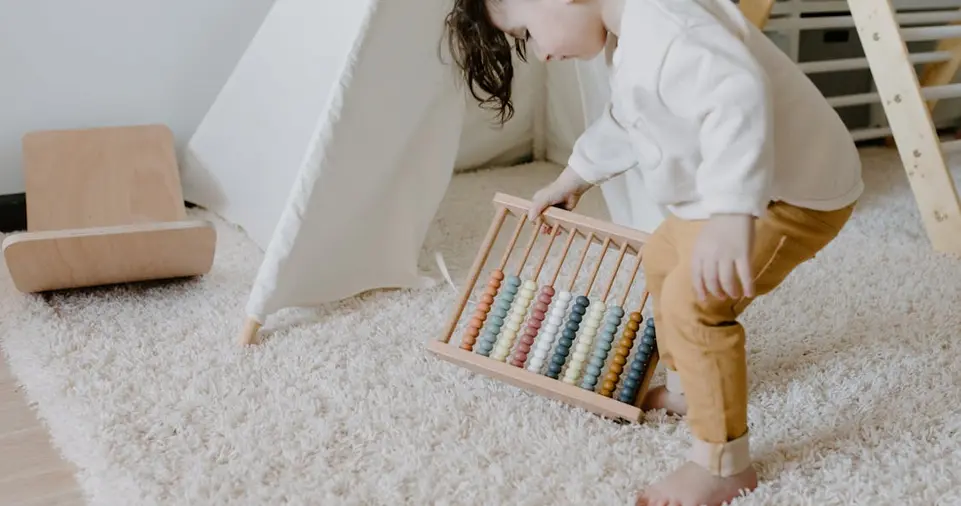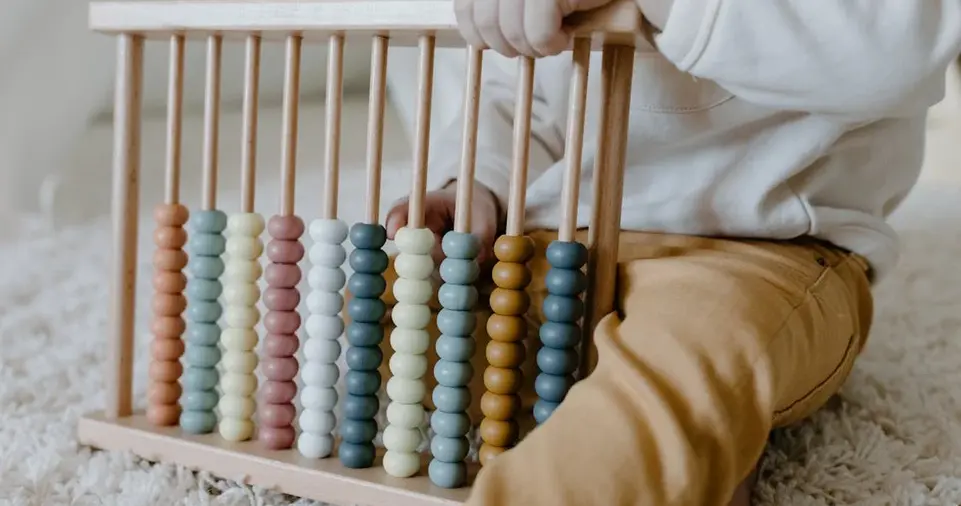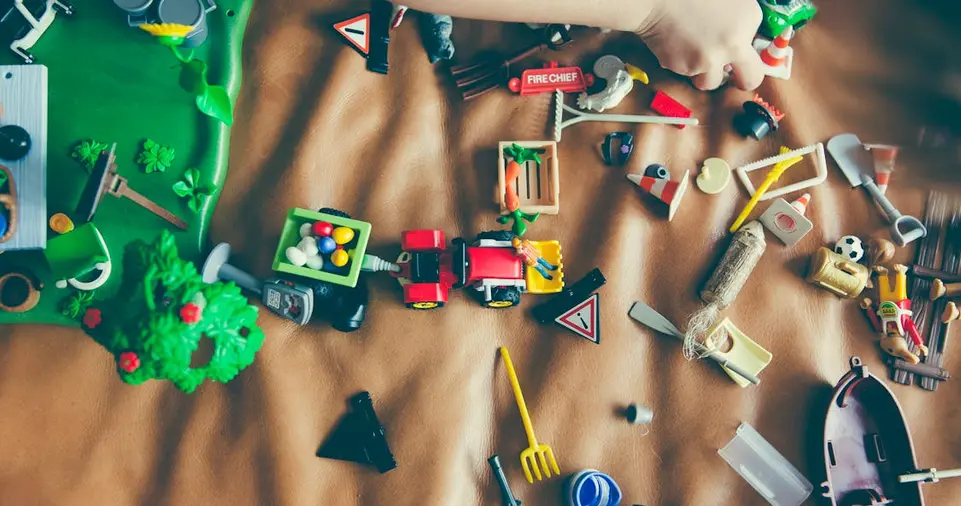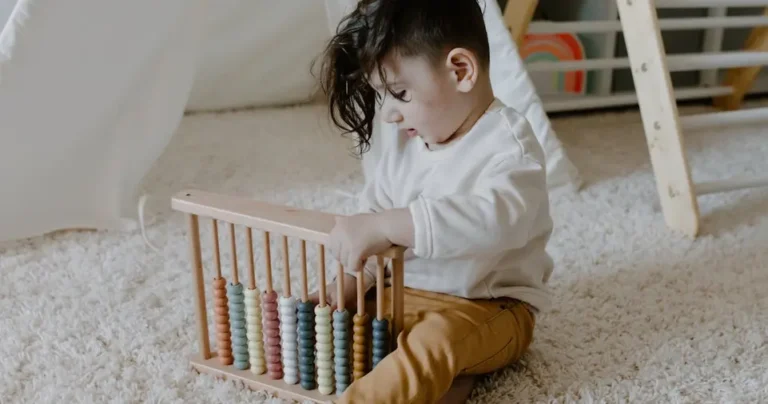Mathematical skills are crucial for early childhood development, and they play an essential role in shaping a child’s cognitive growth.
While traditional methods like flashcards or worksheets have been widely used to teach children numbers and shapes, an often overlooked but highly effective method involves play.
Counting and sorting toys provide a fun, interactive way to help children develop early math skills.
These toys are designed not only to entertain but also to encourage learning through hands-on experiences.
In this article, we will explore how counting and sorting toys help in the development of early math skills, the benefits of these toys, and how parents and caregivers can make the most of them.
We will also discuss different types of toys available in the market and how to choose the best ones for your child’s developmental needs.
The Importance of Early Math Skills
Before diving into how counting and sorting toys can be used to foster early math skills, it’s essential to understand why early math education is so important.
Math is more than just numbers and equations; it shapes a child’s cognitive abilities and problem-solving skills.
- Building a Strong Foundation: Early math skills lay the groundwork for future academic success. Kids who develop these skills in their early years tend to perform better in school and develop a greater understanding of abstract concepts later on.
- Problem-Solving Abilities: Math encourages logical thinking and helps children learn how to solve problems systematically. Sorting toys, for instance, help kids organize items based on various criteria, teaching them how to analyze and classify objects.
- Concepts of Quantity and Relationships: Counting and sorting introduce children to basic mathematical concepts like number recognition, quantities, addition, subtraction, and patterns.
- Boosting Confidence and Independence: As children practice counting and sorting, they develop a sense of accomplishment. This builds confidence and encourages independence, both of which are essential for their overall development.
How Counting and Sorting Toys Support Math Development

Counting and sorting toys serve as valuable tools for introducing children to basic math concepts in a tangible and interactive way.
These toys help children develop a solid understanding of numbers, counting, sequencing, and spatial relationships, all of which are foundational to mathematics.
Counting Skills
Counting is one of the most fundamental mathematical skills that children can learn in their early years.
Counting toys often feature items like beads, blocks, or figures that children can physically move or manipulate while practicing counting.
Understanding Numbers
Counting toys help children recognize numbers, associate them with quantity, and practice counting aloud.
For instance, children can count the number of blocks in a tower or the number of buttons on a toy, learning both the concept of quantity and how numbers correspond to real-world objects.
One-to-One Correspondence
This concept involves matching one object to one number as children count.
Sorting toys, like those with colorful buttons or shapes, provide the perfect opportunity to teach this principle as children sort objects into groups and count how many items are in each group.
Sorting and Categorization
Sorting toys help children practice organizing objects based on different attributes such as color, size, shape, or pattern.
These activities enhance their ability to think logically and recognize patterns and relationships—skills that are foundational to both math and science.
Patterns and Sequences
Sorting toys encourage children to notice and create patterns. For example, they might sort colored blocks into groups, which helps them recognize patterns like alternating colors or sizes.
Understanding patterns is a key part of math, as it lays the groundwork for addition, subtraction, and multiplication.
Classification Skills
Sorting toys help children practice classifying objects into different categories.
This encourages them to think critically about attributes, such as “big” vs. “small,” “red” vs. “blue,” or “round” vs. “square.” These classification skills are fundamental to mathematical reasoning.
Spatial Awareness
Spatial awareness refers to the understanding of where objects are in space relative to each other.
Many counting and sorting toys require children to manipulate objects in space, helping to develop their sense of spatial reasoning.
Space and Position
Some sorting toys involve placing objects into designated spaces, like putting colorful rings onto pegs in a specific order.
These activities help children learn about concepts like position (e.g., “on top” or “next to”) and space, which are crucial for geometry and other areas of math later in life.
Measurement and Comparison
Counting and sorting toys often encourage children to compare objects based on different criteria, such as size, weight, or volume. This leads to early lessons in measurement.
- Comparing Quantities: Toys that involve comparing the number of items in two groups (e.g., counting the number of red blocks and blue blocks) help children develop an understanding of “more than” or “less than” concepts.
- Weight and Size: Many counting and sorting toys, such as stacking blocks, allow children to compare objects by size or weight, reinforcing concepts of measurement that will be useful as they move on to more advanced math.
ALSO READ: How to Enhance Memory and Recall with Interactive Learning Toys
Benefits of Counting and Sorting Toys

Using counting and sorting toys in early childhood education offers numerous benefits beyond just math skills.
Enhances Cognitive Development
Counting and sorting toys stimulate various areas of the brain, including problem-solving, critical thinking, and memory.
They engage a child’s cognitive skills by encouraging them to solve challenges, make decisions, and remember information.
Supports Language Development
As children interact with these toys, they often verbalize their thought processes, which supports language development.
For example, they may say, “I need two red blocks” or “This one is bigger.” Such interactions help them build vocabulary related to shapes, colors, and numbers.
Encourages Hands-On Learning
Hands-on activities are incredibly effective in early childhood education. Counting and sorting toys provide a tactile learning experience, making abstract math concepts more concrete.
Children develop muscle memory and motor skills as they manipulate objects and complete tasks.
Promotes Social Skills
If used in group settings, counting and sorting toys can also promote social skills such as turn-taking, cooperation, and sharing.
Children learn how to work together to complete a task or challenge, fostering teamwork and communication.
Types of Counting and Sorting Toys

There are many different kinds of counting and sorting toys, each designed to target specific math skills. Below are some common types:
Counting Bears
These colorful bear-shaped counters are a classic counting toy that can be used for counting, sorting, and even basic addition and subtraction exercises.
Shape Sorters
Shape sorters are toys that require children to fit blocks into corresponding holes. These toys are excellent for teaching shapes, sizes, and colors, while also developing fine motor skills.
Counting Blocks and Beads
Counting blocks or beads can be used for hands-on counting exercises. They are perfect for teaching one-to-one correspondence and help children visualize addition and subtraction as they move blocks or beads.
Number Puzzles
Number puzzles often come with pieces that correspond to different numbers and their quantities.
These puzzles allow children to practice counting, sequence building, and even simple subtraction and addition.
Colorful Sorting Cups
Sorting cups are great for developing categorization and pattern recognition skills. Children can sort objects based on color or size, while also practicing early counting.
How to Maximize the Use of Counting and Sorting Toys
To get the most benefit from counting and sorting toys, parents and caregivers can follow these tips:
- Use Toys in Different Contexts: Don’t just use toys in isolation. Integrate them into real-world activities, like counting snacks or sorting laundry, to reinforce learning.
- Ask Open-Ended Questions: When children are using counting and sorting toys, ask questions that encourage critical thinking, such as “How many blocks do you have?” or “What is the pattern in the colors?”
- Mix Play with Learning: While counting and sorting toys can be educational, they should also be fun. Make the activities playful and relaxed, so children don’t feel pressured.
Table: Comparison of Different Types of Counting and Sorting Toys
| Toy Type | Target Skill | Age Group | Example Toys |
|---|---|---|---|
| Counting Bears | Counting, Sorting, Pattern Recognition | 3+ years | Bear-shaped counters |
| Shape Sorters | Shape Recognition, Sorting | 18 months+ | Wooden shape sorter |
| Counting Blocks | Counting, Addition, Subtraction | 2+ years | Colorful wooden blocks |
| Number Puzzles | Sequencing, Counting, Number Recognition | 3+ years | Puzzle with numbered pieces |
| Sorting Cups | Sorting by Color/Size, Pattern Recognition | 2+ years | Sorting cups with small objects |
ALSO READ: How STEM Toys Teach Basic Engineering Skills to Kids
Conclusion
Incorporating counting and sorting toys into early childhood education is a powerful and enjoyable way to develop foundational math skills.
These toys not only teach children how to count, categorize, and compare, but they also enhance cognitive, language, and social development.
By integrating these educational tools into daily activities, parents and caregivers can create a rich learning environment that fosters curiosity and lays the groundwork for a lifelong love of math.











